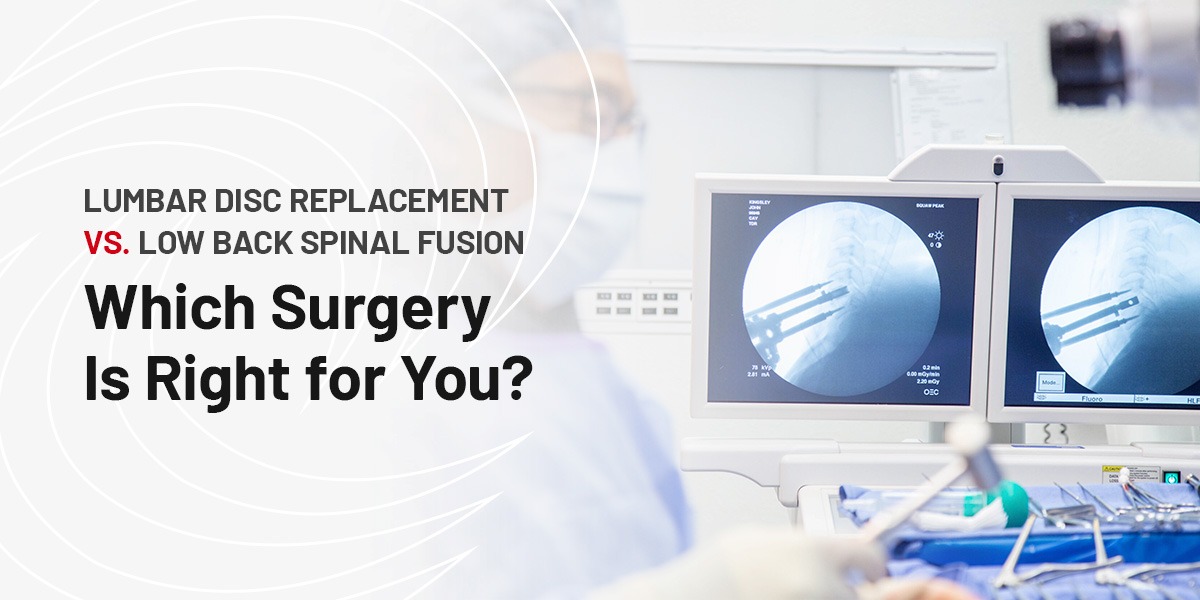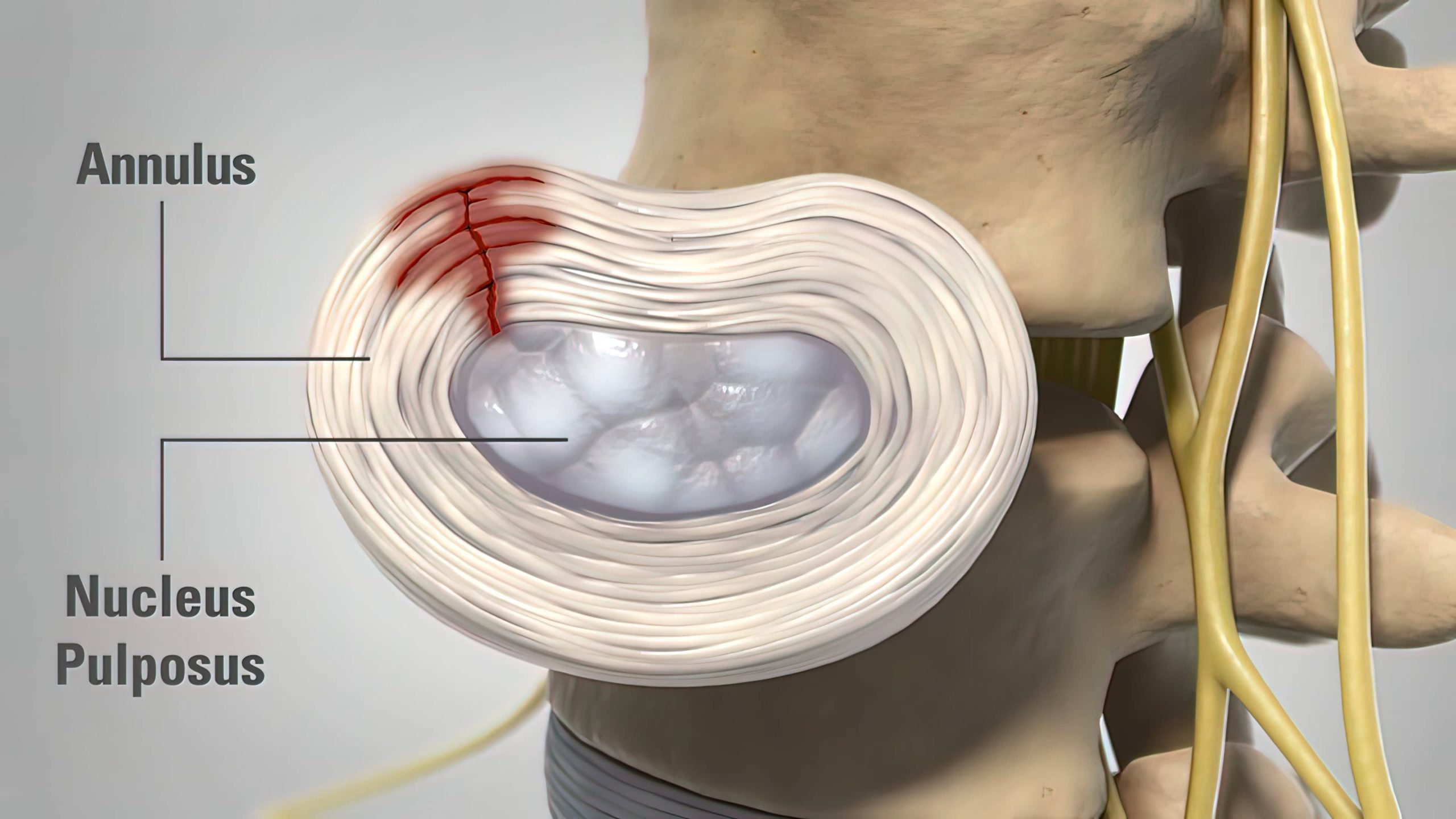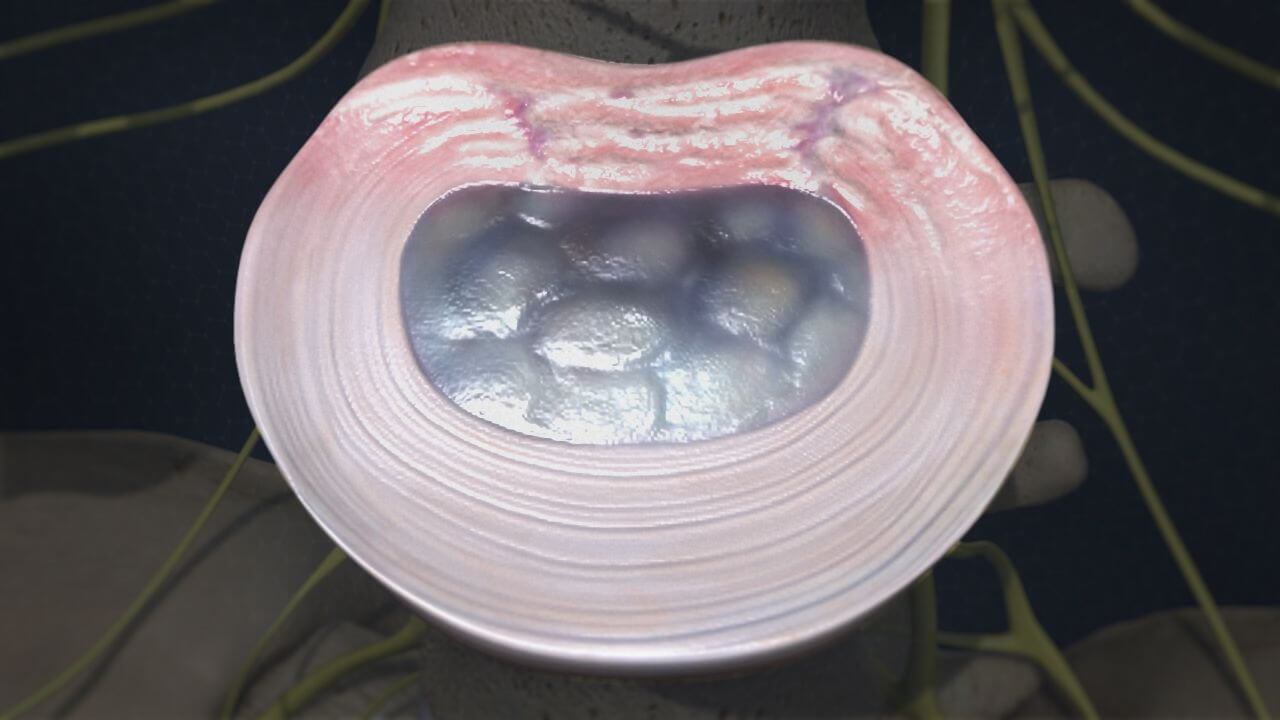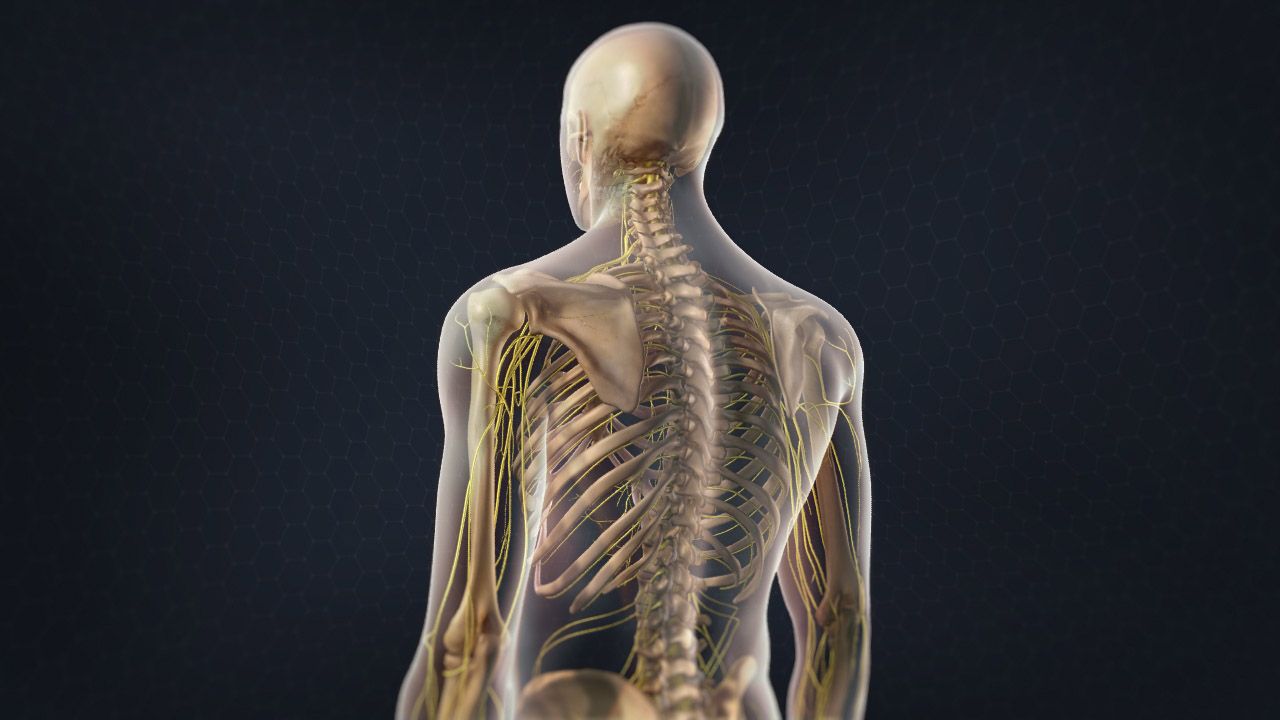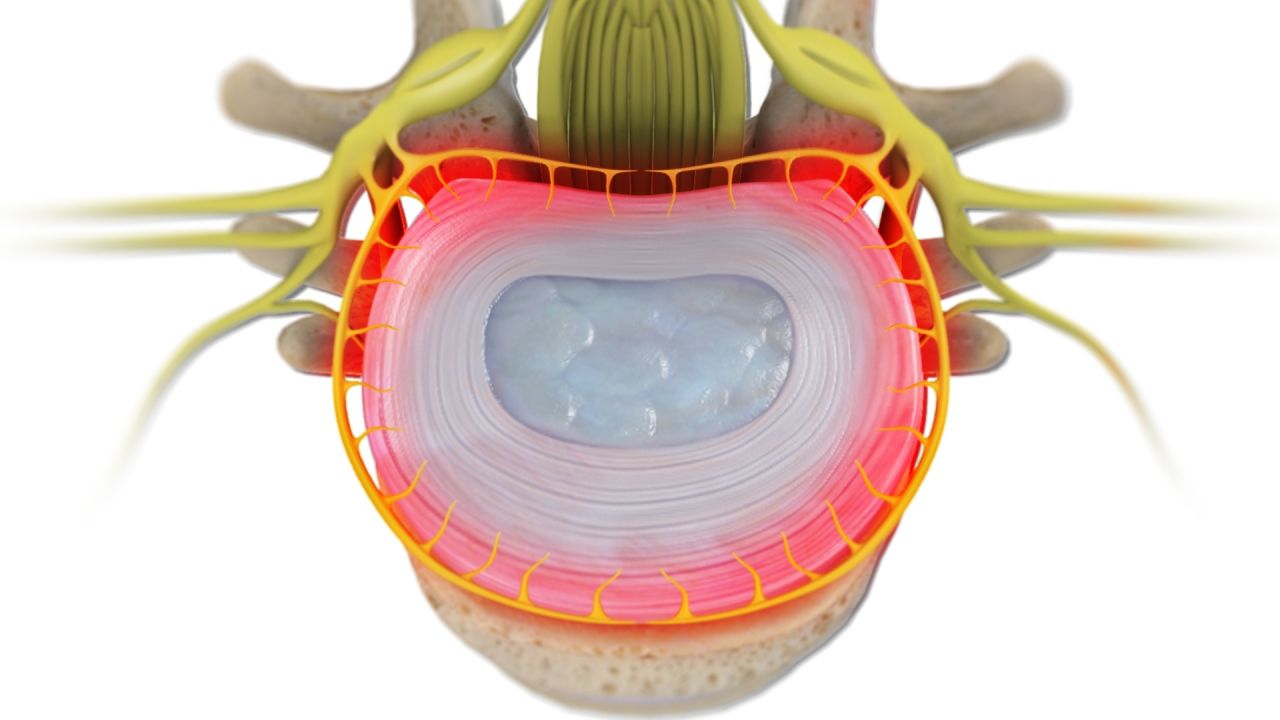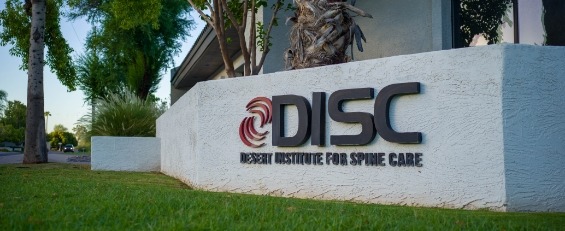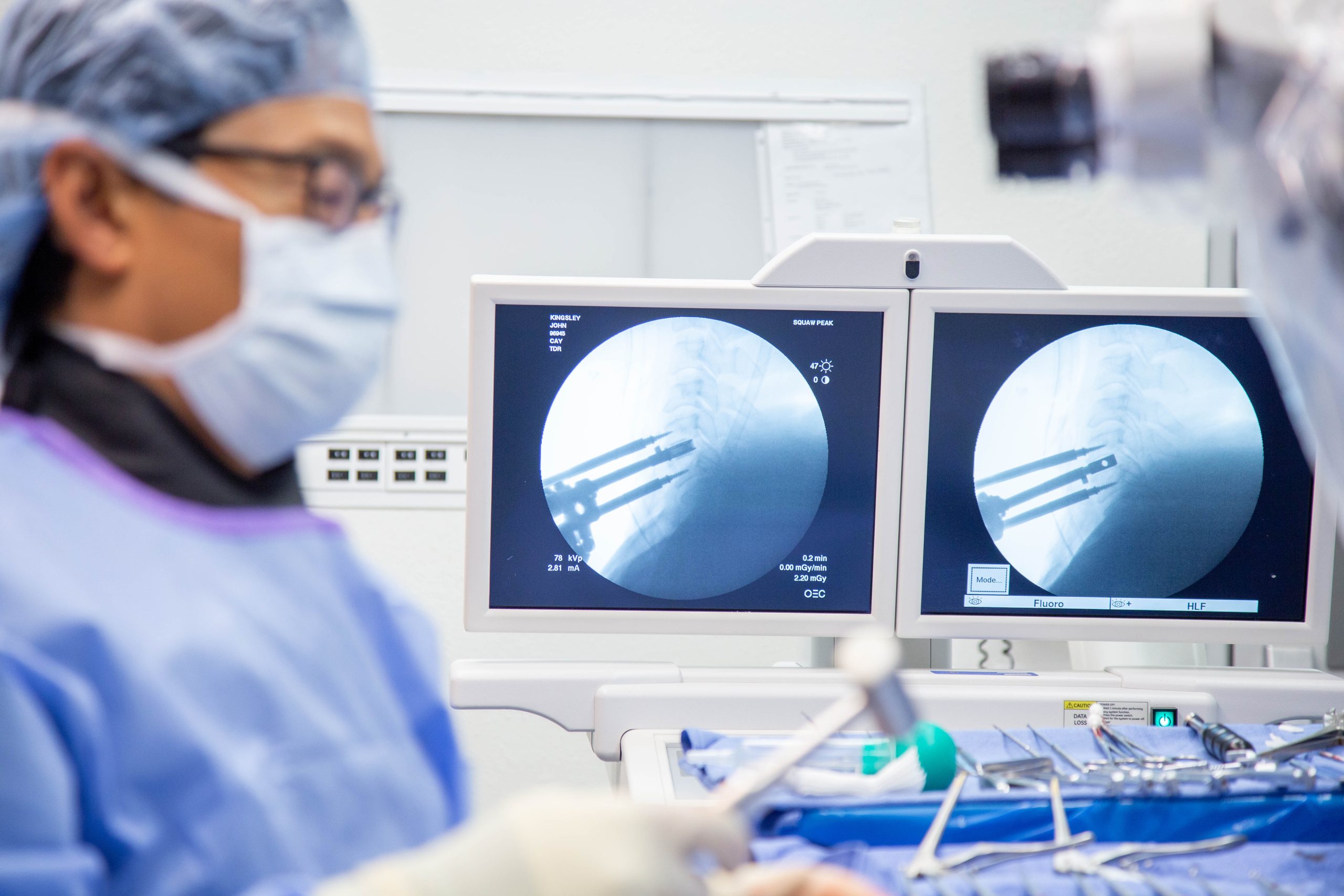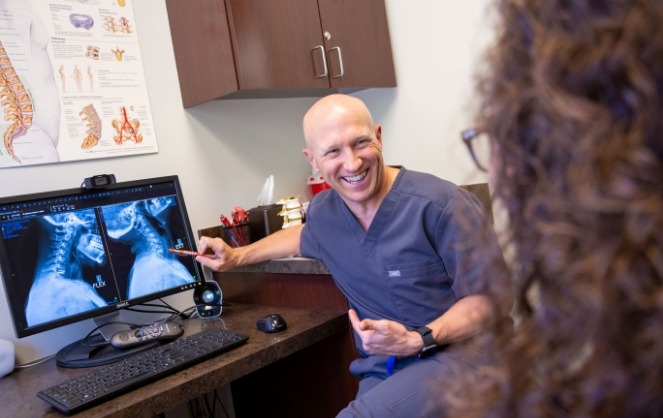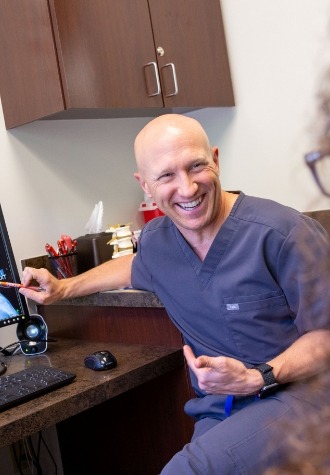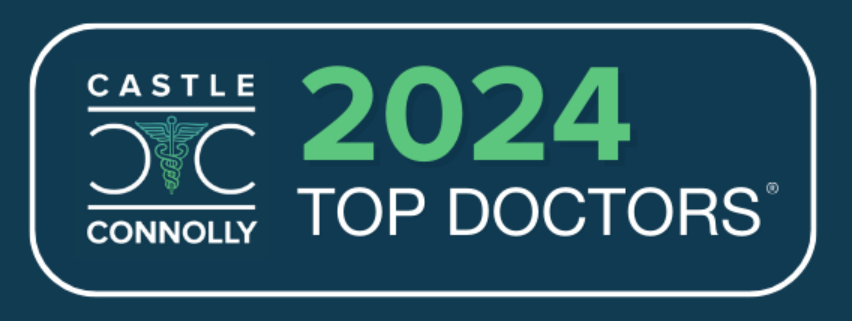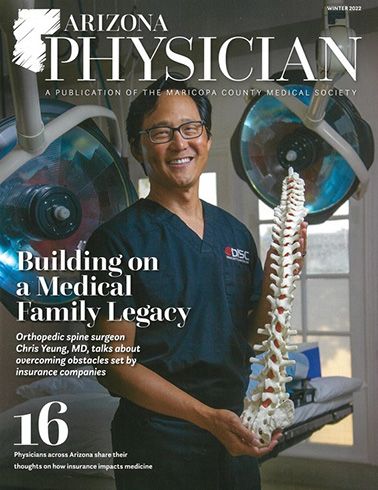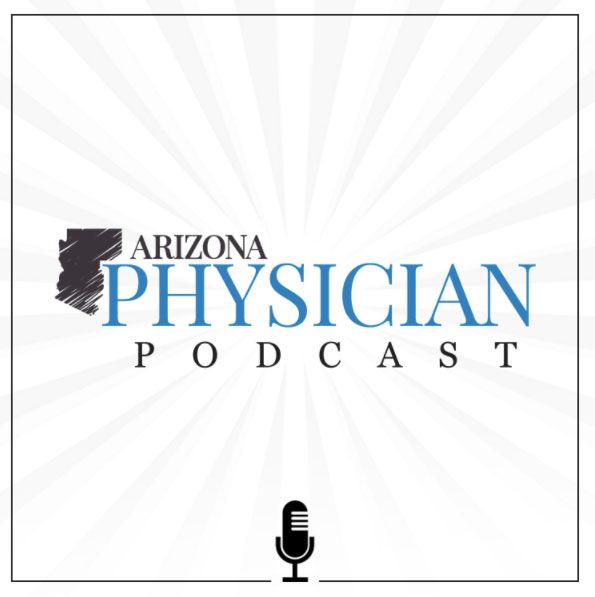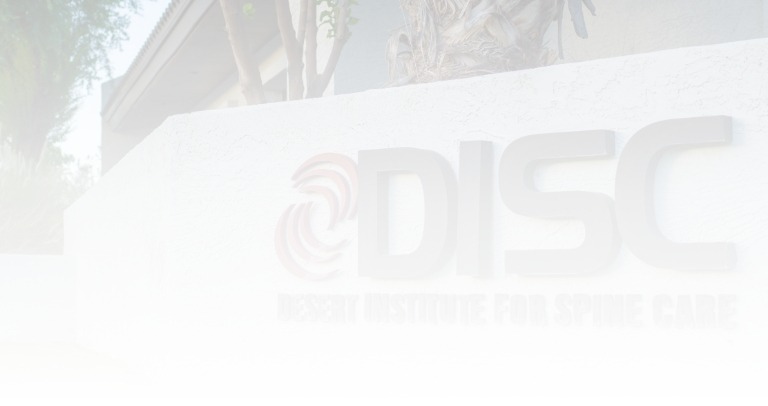
January 2, 2025
Pros and Cons of Cervical Artificial Disc Replacement
If you’re reading this, chances are you’ve been living with chronic neck pain, perhaps caused by conditions like degenerative disc disease, herniated discs or cervical radiculopathy. The discomfort can range from mild annoyance to debilitating pain, affecting everything from your ability to work to your quality of life. But you’re here because you’ve […]

December 26, 2024
Why Canadians Suffering From Spine Pain Should Choose DISC
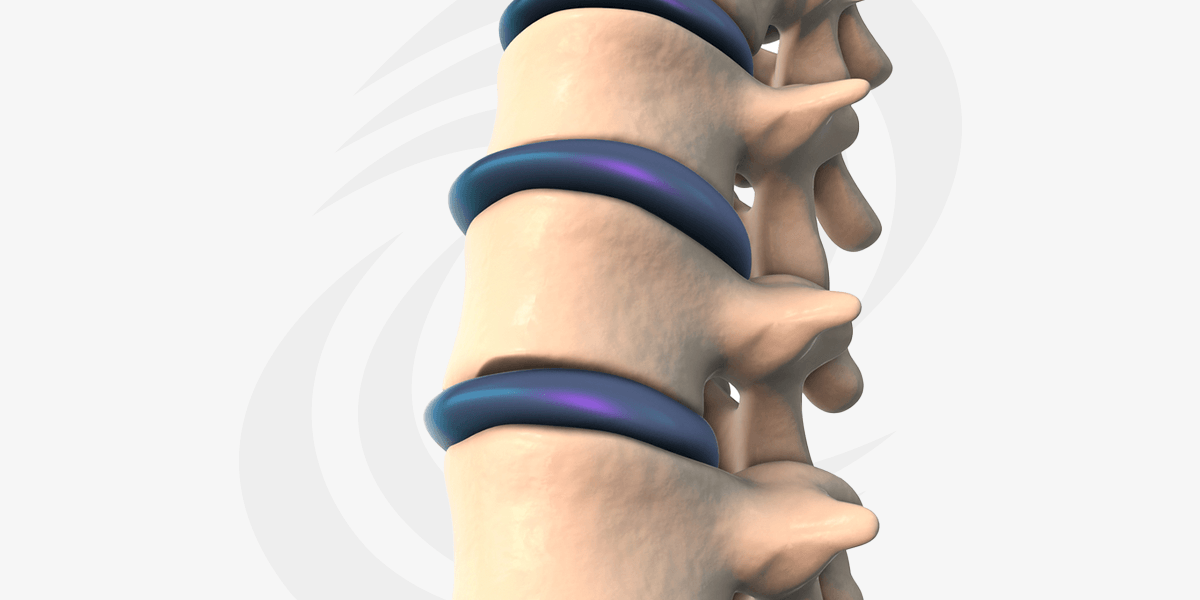
December 23, 2024
Cervical Artificial Disc Replacement Recovery Time
Are you considering or have recently undergone a cervical artificial disc replacement? If so, you’re on the path to relief. Chronic neck pain caused by degenerative disc disease or herniated discs can be debilitating. This advanced procedure removes and replaces a damaged disc with a prosthetic one. It preserves and restores neck motion. The result […]

November 25, 2024
What Is The Cost of Cervical Total Disc Replacement?
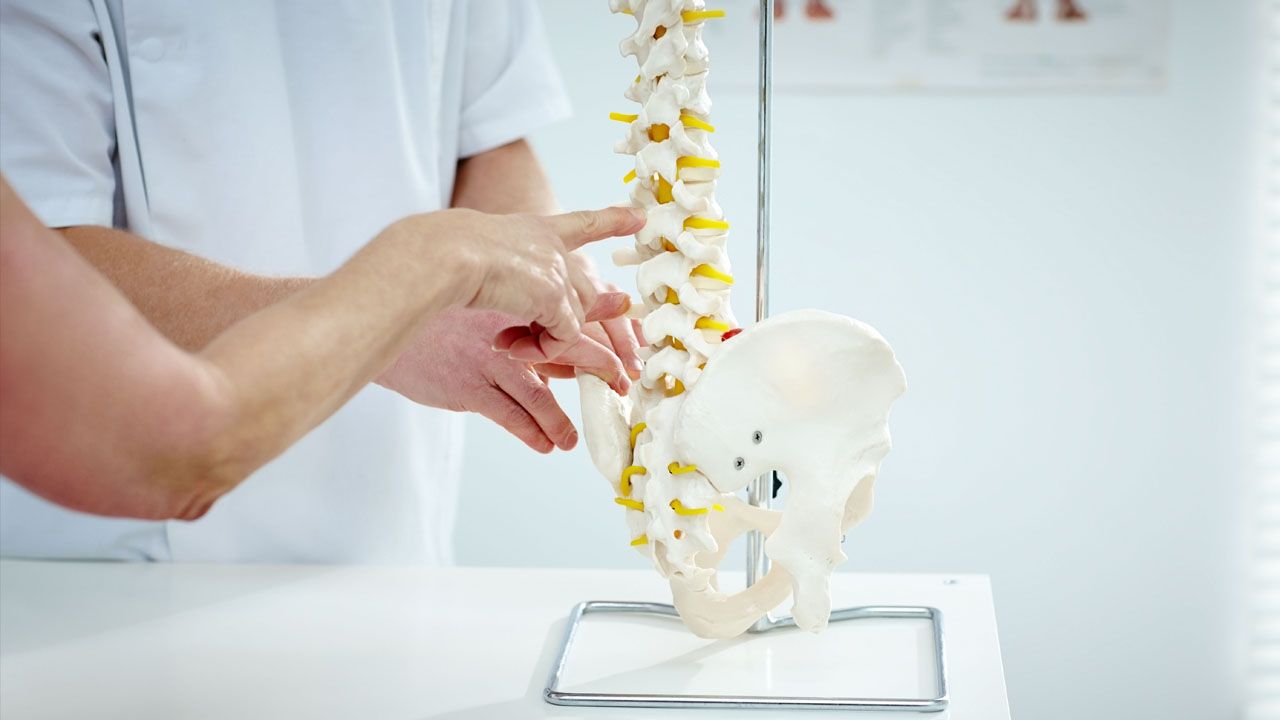
November 20, 2024
Understanding Recovery After Spinal Surgery: What to Expect and How to Heal
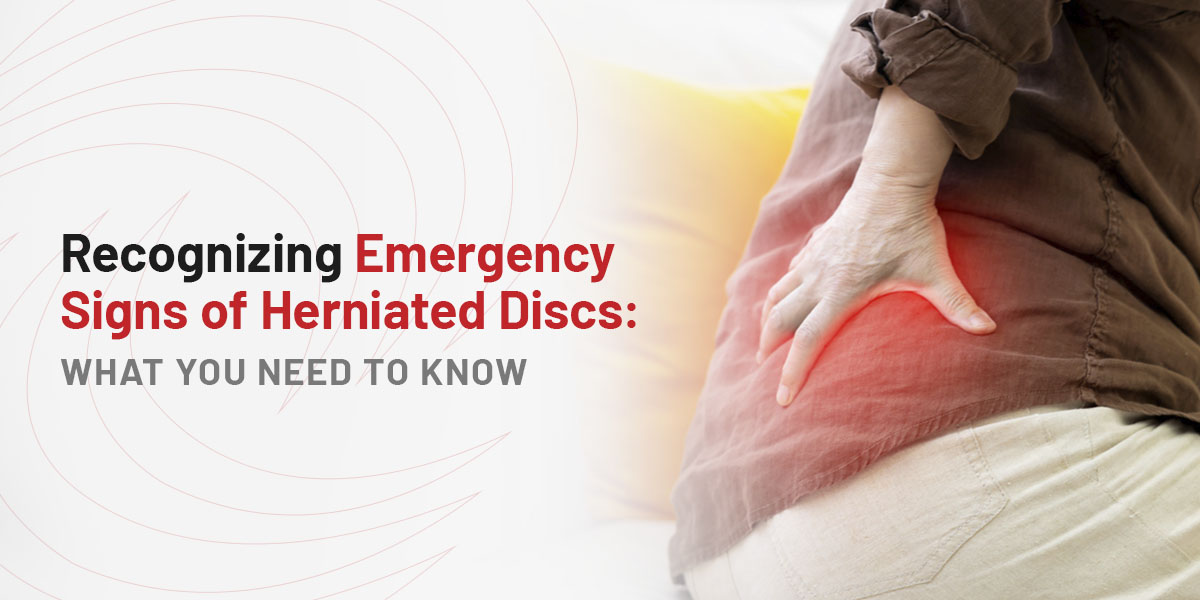
November 6, 2024
Recognizing Emergency Signs of Herniated Discs: What You Need to Know
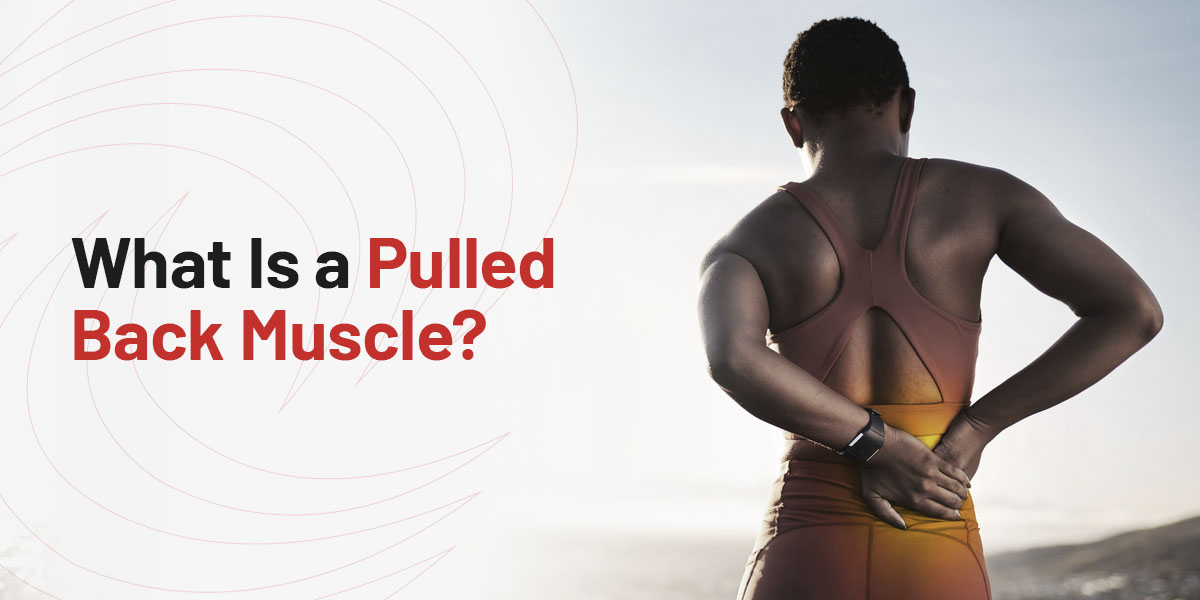
November 6, 2024
What Is a Pulled Back Muscle?
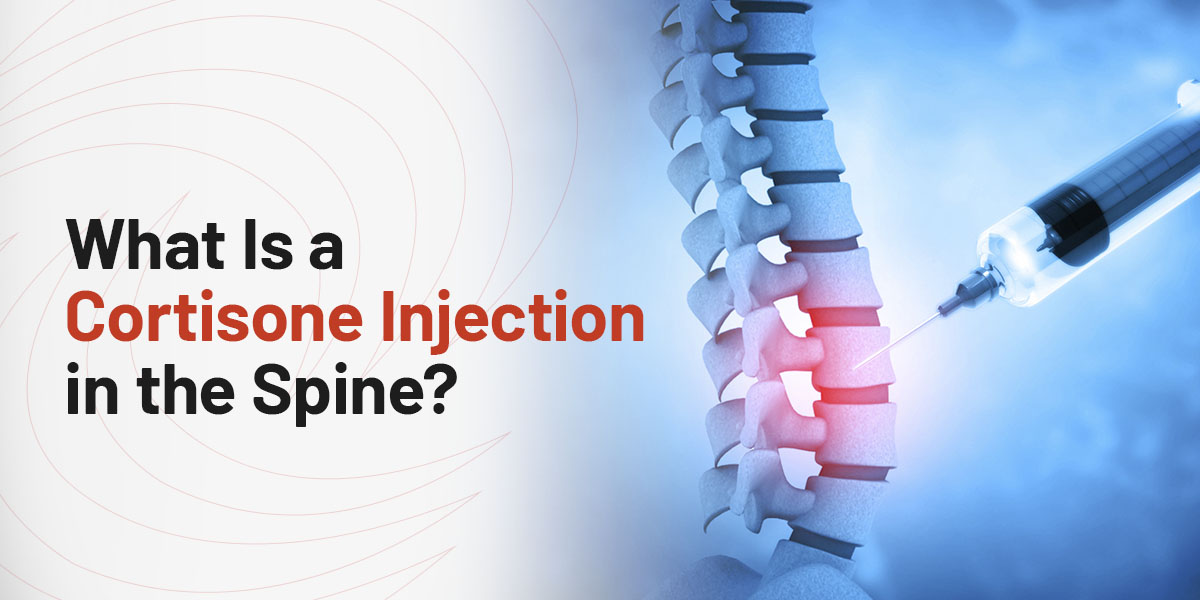
November 6, 2024
What Is a Cortisone Injection in the Spine?
